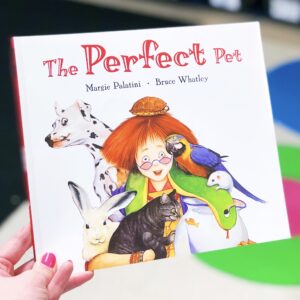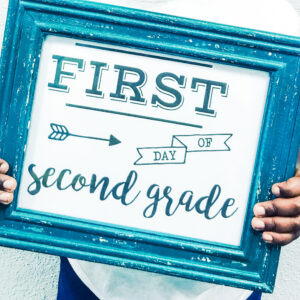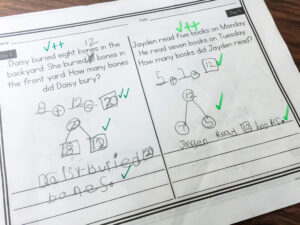My students love to talk. #chattiestclassever
But I don’t want them to just be talkers. I want them to be thinkers too. And, I want them to be able to support what they’re thinking with reasons.
That’s when I started using discussion starters. Keep reading to find out how you can try discussion starters FREE.
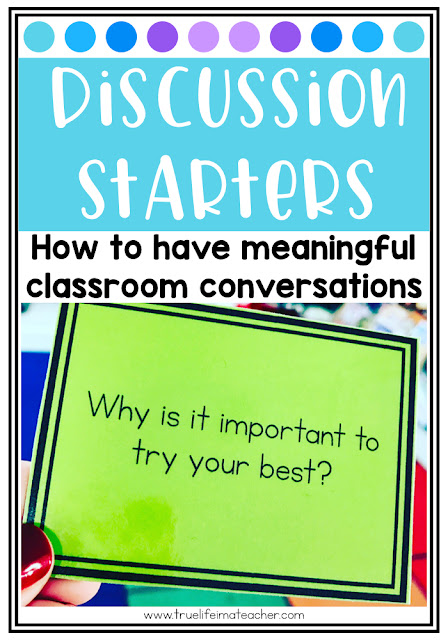
Why use discussion starters?
- Simple. Coming up with mostly random questions that don’t necessarily relate to anything when there’s already million other things on my mind gets old pretty quickly. When writing our morning message on the easel, I would sit for what seemed like forever trying to think of an engaging question to ask my students.
- By using pre-made discussion starters, the work is done for me.
- I give control to my kids. Our “Discussion Starter Chooser” picks are card out of a container and reads it the class. It’s adds an extra element of fun, and excitement.
How do I use discussion starters?
- Morning Meeting
- We use discussion starters during morning meeting every.single.day. And my kids LOVE them. They can’t wait to see what question they’ll answer.
- Sometimes, the questions result in the most perfect classroom conversations. Like this one: what makes you feel loved. #swoon
- Partner Up
- I use the Kagan structure “Stand Up, Hand Up, Pair Up” to have students find a partner. It’s super simple. Students stand, and put their hand up. Then they make eye contact with another friend in our class, and pair up. Easy Peasy. Then they take turns sharing their responses.
- FUN SIDE STORY: I actually had a DOE person in my classroom (#intimidating) who, when I told my kids could partner up in about 10 seconds said, “Prove it.” And was completely blown away when I simply said, “Stand Up, Hand Up, Pair Up” and every single kid in my class had a partner quickly, quietly, and without any direction from me.
- Transitions
- I like to carry some discussion starters with me as we go to specials, lunch, and anywhere else where we might have a few minutes where we need something to do.
- Brain Breaks
- Sometimes, my kids just need to talk. So, what better way than to give them something to talk about in a meaningful way?
What kinds of questions do I ask?
Where do I get my discussion starters?
- I actually couldn’t find any discussion starters that I really liked, so I decided to make my own! Below are two different types of discussion starters I have:
- Monthly Discussion Starters: These discussion starters are themed around various seasons, holidays, and special events that happen within a given month. These are currently offered at a HUGE discount.
- General Discussion Starters: These are perfect for anytime. They aren’t related to any holidays, or special events.

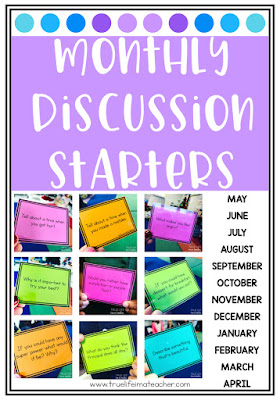
So you’re definitely ready to try discussion starters during morning meeting, or anytime of the day with your students.

Let’s connect!
Instagram // Pinterest // Facebook // Teachers Pay Teachers

